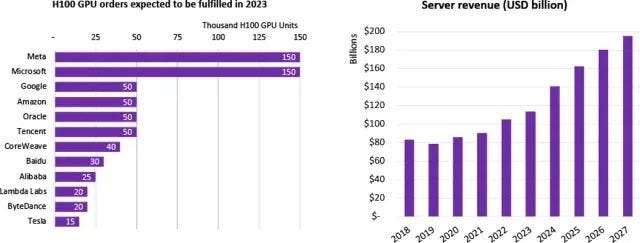You can start your data science journey at any time; expanding your skill set should be an ongoing, yearlong process. Still, even those of us who are skeptical of new year’s resolutions can’t deny the sense of excitement and opportunity that comes with a whole, blank-slate year on the horizon. What better time to take the plunge and explore new topics?
To give you a helpful nudge in that direction, we’ve put together a lineup of fantastic articles from recent weeks that focus on accessible, practical approaches to machine learning and data workflows. Many of these are beginner-friendly, but as we often remind ourselves: you’re always a beginner when you decide to learn something new.
We hope you enjoy our selection this week, and that it inspires you to take on new challenges throughout the year. Let’s dive in.
- Courage to Learn ML: A Detailed Exploration of Gradient Descent and Popular Optimizers
In a new installement of her series of helpful machine learning explainers, Amy Ma offers a thorough and accessible guide to gradient descent and other optimizers, and focuses on choosing the right one depending on the task you’re aiming to complete. - From Adaline to Multilayer Neural Networks
If you feel like you’re not entirely on firm footing when it comes to all those complicated mathematical notations in machine learning papers, Pan Cretan’s latest deep dive is an excellent resource. It goes back to the early days of multilayer neural networks, builds one from scratch, and unpacks these networks’ mathematical descriptions. - A Comprehensive Overview of Gaussian Splatting
If you’re a more advanced practitioner who likes staying up-to-date with recent research, Kate Yurkova’s primer on Gaussian splatting is a must-read. It’s an ideal starting point for exploring this emerging approach for 3D representation and its various real-world use cases.



